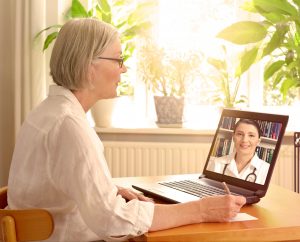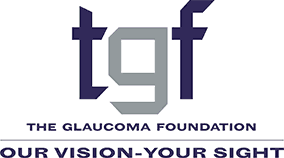Addressing Patient Care Concerns During the COVID-19 Crisis

Robert D. Fechtner, MD Chair, Department of Ophthalmology and Visual Sciences, SUNY Upstate Medical University, Syracuse, NY
Several months into the COVID-19 pandemic, we know that certain precautions have worked in terms of “stopping the spread.” Social distancing works. Washing one’s hands frequently, including before and after instilling eye drops, not touching one’s face and wearing a mask are working as well.
But most glaucoma patients haven’t been able to see their glaucoma doctor for routine follow-up in-office visits.
The good news is that glaucoma moves slowly. If at your last three or four office visits your pressures have been controlled by medications, you have less to worry about than if, for example, your doctor changed or added medications at your last visit. If your glaucoma has been stable, it will probably remain stable during our time of maximum social distancing.
However, if you are concerned that your glaucoma is unstable, or you have new unusual symptoms, do call your doctor’s office to make sure that a delay or postponement of your visit is appropriate for you.
As doctors, we have to stratify who might need to see their doctor sooner and who could wait a while for an in-office visit.
Two relevant risk factors for progression are the degree of damage and elevated pressure (IOP). The doctor knows your degree of damage. If you were on one or two medications, had laser, and were stable – we could wait to do your OCT imaging and Visual Field test.
Protections at the doctor’s office
The missing link right now is measuring the IOP. During this time, we don’t want you coming into the office unless it is a real emergency. Even though the risk of transmitting COVID through tears is very low, we want to avoid anything touching you or your eye that might have contacted another patient. We want to be very cautious in the glaucoma population where people might be at greater risk and have a concurrent disease. For those patients who must come in we are using social distancing and masks within the office, vigorous disinfection between patients and disposable equipment where we can.We are all looking for a different model to provide continuity of care for glaucoma. In Syracuse, we have been trying a hand-held, non-contact device whereby you drive by, roll down your window and we do the measurement followed by a phone or video visit with the doctor. This is clearly not possible in many urban locations.
What about your medications?
There have been reports during the pandemic that some medications have been in short supply and not available. There is a substitute for almost every glaucoma medication. So, call your doctor if it’s not available instead of waiting for it to be restocked.Regarding medications, there are lessons to be learned. If your insurance allows you to get more than one month of essential eye medicine, such as glaucoma drops, you should do so. And when your three-months supply is getting low, don’t wait — get the prescription filled early so you have it on hand. You can always put eye drops in the refrigerator until use – once opened it’s good for a month.

At this time of disruption, many of us have been doing tele-medicine. While we will be gearing back, there are aspects of tele-medicine that should be taken seriously for future visits over the phone or video chats on the computer.
As one example, patients could call the nurse and set up time for the doctor and patient to talk – a positive idea for the doctor/patient relationship.
